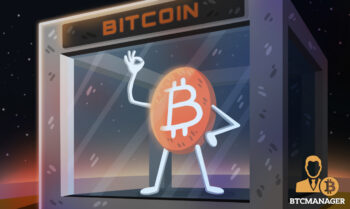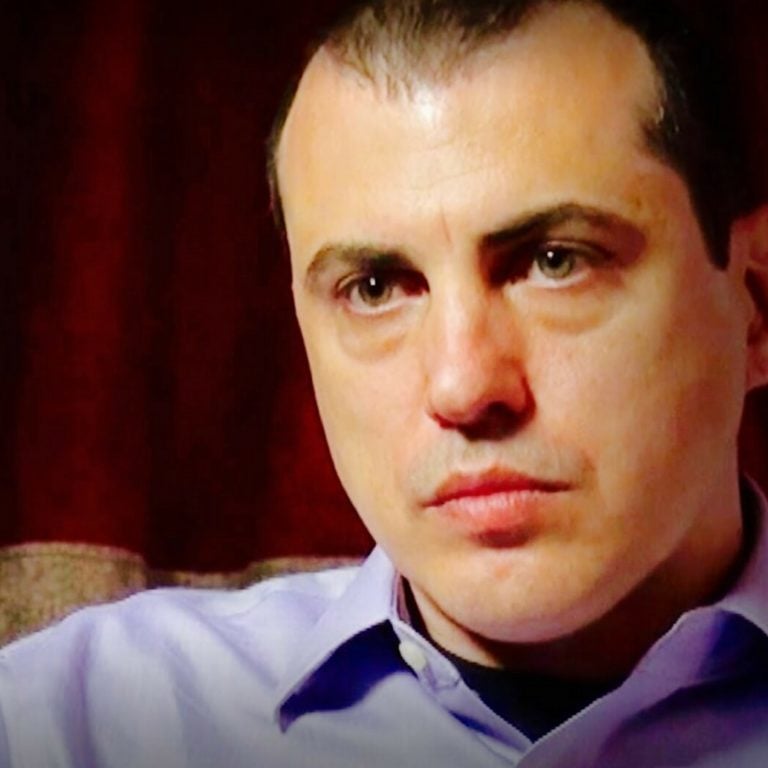2019-4-4 00:30 |
Andreas Antonopoulos, the author of Mastering Bitcoin and a well-known influencer, spoke about Bitcoin block reward and mining, during a Q&A session on YouTube titled ‘Iterating nonces and the block reward.’
The author was asked how the block reward would “technically” be linked to a user’s wallet with an ASIC miner. To this, Antonopoulos stated that a user with an ASIC miner constructs a candidate block using the user’s computer, which is connected to the ASIC miner. Antonopoulos added,
“Your computer, connected to the ASIC miner, is collecting transactions and blocks from the network. It will construct a candidate block by taking a whole bunch of unconfirmed transactions, stuff them into a block, and then propose it as a new block to the rest of the network.”
This was followed by the proponent stating that the candidate block will not be shown to anyone “until you have proof-of-work,” as others would not be interested in a block that does not have Proof-of-Work. Antonopoulos added that there would be a special transaction, coinbase, in that particular block, which “pays out the mining reward.” He stated that this special transaction would be created by the user’s computer. He said,
“When you are a miner, your computer creates the candidate block and the coinbase transaction, which is currently a reward of 12.5 bitcoin plus fees from all the transactions in there. Therefore, you decide where that transaction pays to. Your computer [will insert] your destination address… into that candidate block while you are mining.”
Antonopoulos clarified that this process would be completed by a pool if the user mines via a mining pool, else the candidate blocks and the coinbase transaction would be created by the user’s computer, which can be used to write transactions. In simple terms, “miners are writing cheques to themselves to collect the reward.” However, this cheque would be invalidated if there was no Proof-of-Work in the block. He went on to state,
“When a miner [produces] a proof-of-work solution for a block, then they write a cheque to themselves… for 12.5 bitcoin plus fees in the coinbase, which is a valid transaction. If that block is accepted by the rest of the network, it will show clearly in the blockchain that this miner is being paid their reward […] Everything in the block must be valid.”
Antonopoulos concluded by stating that the block reward from the coinbase transaction can only be spent after the production of a hundred blocks or hundred confirmations. He explained that this rule prevents miners from “using chain reorganizations to double-spend” their block reward.
The post Bitcoin [BTC] proponent Andreas Antonopoulos elucidates on mining rewards, candidate blocks and coinbase transactions appeared first on AMBCrypto.
origin »Bitcoin (BTC) на Currencies.ru
|
|




